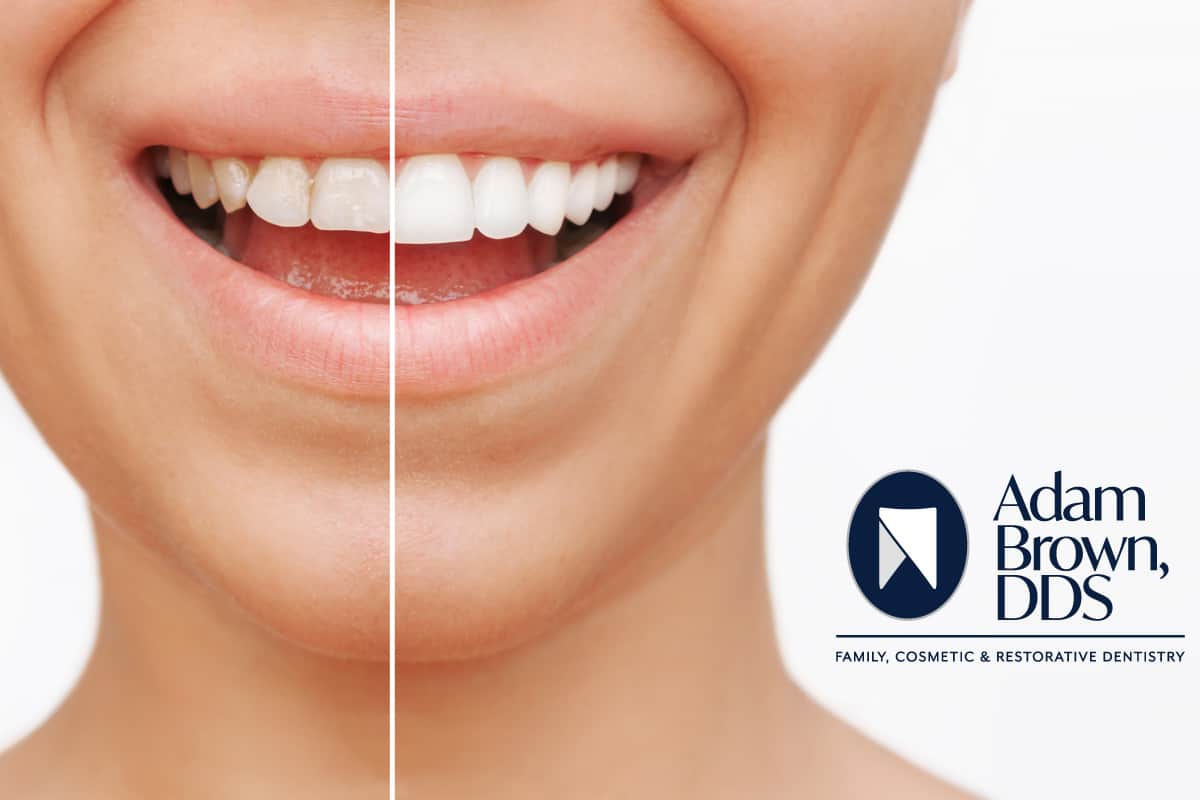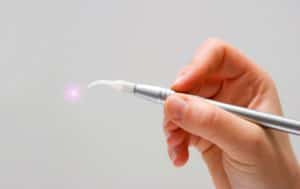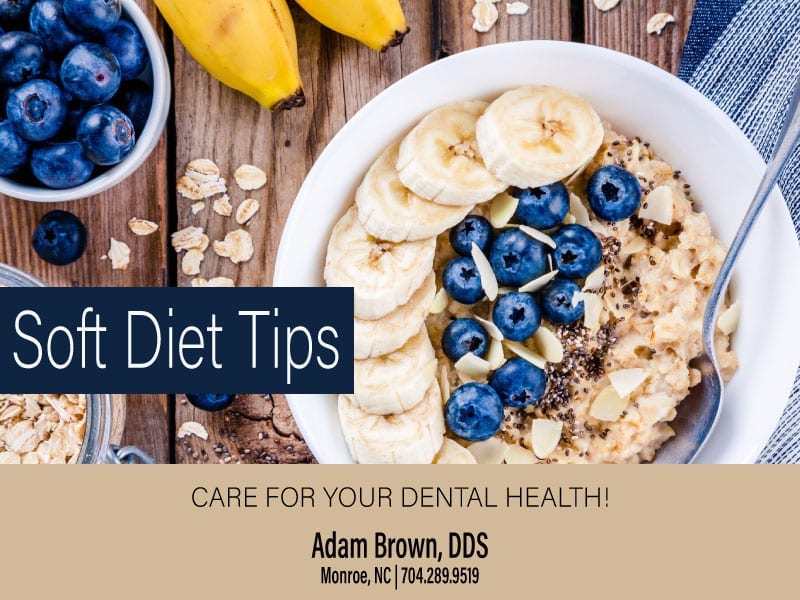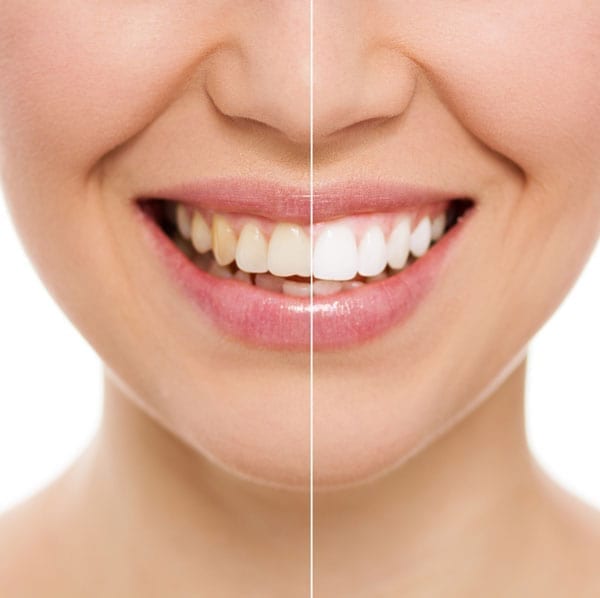Celebrity Smiles – America’s Emphasis On The Smile

Across the United States, 80% of teenagers are under an orthodontist’s care. Most of those teens are there for one major reason — to improve the way their smile looks. And it’s not just our nation’s youth (or their parents) investing in a better smile; hundreds of famous celebrities have completely reworked their teeth. Some of the most notable include:
- Tom Cruise
- George Clooney
- Lindsey Lohan
- Megan Fox
- Katie Holmes
- Cardi B
- Meghan Markle
- Victoria Beckham
- Miley Cyrus
- Hilary Duff
- Jim Carrey
- Snooki
- Kristen Stewart
The list goes on and on — in part because our society puts so much emphasis on having perfect teeth. Also, many studies back up the claim that having an attractive smile can lead to a wealth of benefits.
When it comes to achieving that perfect glean, you’re not limited to orthodontists. Thousands of dentistry offices offer cosmetic treatments and services to create the symmetry of a stunning smile. Adam Brown, DDS is one such dentistry, though we come with skills and expertise that set us apart.
If you’re all in on investing in a new smile, look at the range of cosmetic services Adam Brown, DDS offers now! And read on to see why a smile is important to everyone, including some of the world’s most recognizable faces.
Why Focus On a Smile?
It’s true that a person isn’t encompassed by the appearance of their teeth — or any aspect of their appearance, for that matter. However, the average American’s obsession with a smile goes beyond that of other countries. According to some studies, many Americans prefer a nice smile to clear skin and are willing to give up dessert (39%) or vacations (37%) to achieve that end.
Part of that reason is unique to our country: With most of the world agreeing, Americans smile a lot. We smile much more than other people in other nations — so much that it puts some non-Americans off. Take this response from a European when asked how they identify Americans.
“That huge smiles on their faces. No other nation does that like Americans do.”
While there’s no way to know why that is for certain, a few different theories have been proposed. America’s diversity is one of the primary theories. This quote from The Atlantic author Olga Khazan sums it up best.
“In other words, when there are a lot of immigrants around, you might have to smile more to build trust and cooperation, since you don’t all speak the same language.” – Olga Khazan
Whatever the reason, knowing that you smile more than most of the world makes it easier to justify investing in a smile that will last you a lifetime!
Practical Ways To Improve Your Smile
Improving a smile wasn’t always easy, but now more options exist than ever to enhance your teeth and dental appearance. Cosmetic dentistry and the services they provide offer a wide array of lasting solutions to a number of problems with anyone’s smile.
Whitening: Color is often the first factor that comes to mind you think of a beautiful smile. White teeth signal a perfect smile that catches everyone’s eye. Teeth whitening uses bleaching agents to remove stains and discoloration, and cosmetic dentists can provide these gels to help whiten your smile quickly.
Crowns: Dental crowns are tooth-shaped covers that go over your teeth. They not only alter the appearance of your teeth’s color but also change the look of the fit and size, which can create a night and day difference. Crowns are usually recommended for weaker teeth needing protection, so consult a dentist before committing to the idea.

Veneers: Veneers are the most known, and sometimes the most impactful, form of cosmetic surgery. This notoriety has led to more and more people investing in them for an improved smile. According to Business Wire, “the Global Dental Veneers Market size is expected to reach $3.4 billion by 2028, rising at a market growth of 8.1% CAGR during the forecast period.”
Veneers are custom-made porcelain shells that are bonded to all your teeth. They can improve every aspect of appearance, from cracks and chips to correcting the straightness of a smile. They’ve become one of the most relied-on forms of cosmetic dentistry for influencers and celebrities.
Invisalign: Invisalign is like having braces without dealing with wires, stuck food, or discomfort. Strong plastic pieces made specifically to fit your teeth align your smile over time with no pain. By working with your dentist, you can monitor the movement of your teeth over the process and watch as your smile shifts from crooked to straight!
This list is by no means exhaustive regarding cosmetic dentistry. That said, all the treatments have a common thread — they’re all offered by Adam Brown, DDS. We have a stellar track record of enhancing smiles and a stunning before-and-after gallery as evidence. Take a look if you want to see professional smile design in action!
A Look To The Celebrities
As mentioned, countless celebrities have relied on cosmetic dentistry to overhaul and boost their smiles for public life. By incorporating some of the treatments we outlined above (and others that weren’t discussed), they’ve created some of the most recognizable smiles in the world.
Tom Cruise
As one of the most recognizable faces in Hollywood, Tom Cruise has used dental cosmetic procedures several times to achieve the smile he currently flashes on the big screen. In his role in The Outsiders, Cruise famously removed a cap on his tooth, showing off a major chip and the overall unevenness of his smile.
When Cruise was enjoying the fame of his breakout role in Top Gun, his teeth were noticeably straighter. But it didn’t stop there; in 2002, he was seen in braces and recently is reported to have invested in veneers for his smile. Overall, his cosmetic journey reveals the valuable return of investing in a great smile.
Miley Cyrus
Miley Cyrus entered public life at a very early age, which gave her little time to address her growing and changing smile. Instead of opting for braces, which would have taken a considerable amount of time, Cyrus relied on a complete cosmetic overhaul. Treatments like crowns and veneers gave her a new smile quickly so that she could focus on the limelight!
Ben Affleck
Recently starring as the beloved superhero Batman, Ben Affleck has become a household name thanks to his extensive list of high-profile roles. And if you pay attention, you can see how his smile has changed as he has brought various roles to life over the years.
While directing Armageddon, Director Michael Bay recommended that Affleck consider enhancing his smile. Shortly thereafter, Affleck utilized veneers and whitening to bring about a smile that was sure to impress!
Snooki
Snooki became a staple on reality TV during her high-profile debut on Jersey Shore. Since then, she’s gone on to appear in countless pieces of TV and media, cementing herself as a lasting icon of the MTV reality TV era.
Snooki’s smile has changed drastically since she first burst onto the scene. She used cosmetic dentistry to design porcelain veneers tailor-made to her smile, which improved some of the discoloration and crookedness you might have noticed in the early 2000s.
George Clooney
This man needs no introduction, having starred in a wealth of iconic movies since his youth. And George Clooney has remained relevant ever since.
The thing is, he’s known to grind his teeth, resulting in smaller, more stressed-appearing teeth. By using crowns and whitening, Clooney returned to a smile that fits his youth, embracing the mature look while having a smile that looks ageless.
Adam Brown DDS — The Place For Cosmetic Dentistry
Celebrities aren’t the only people using cosmetic dentistry to gain self-confidence and achieve beautiful smiles. People across North Carolina, especially those in the Marion area, have been visiting Adam Brown DDS to work on their smiles for years.
Patients have praised Adam Brown DDS and his staff for “bringing their smiles back.” And that’s no hyperbole!

Even if you aren’t starring in Batman or hopping in a prop fighter jet for Top Gun, you deserve a smile that you can show off proudly. Adam Brown DDS is ready to give you just that!
We are a family practice that has worked hard for more than a generation to help individuals with a range of dental needs. So don’t hesitate to schedule an appointment today and start reaping the rewards of cosmetic dentistry!





 Step 2) The implant is uncovered and the dentist attaches an extension, called a post, to the implant. The gum tissue is allowed to heal around the post. Some implants require a second surgical procedure in which a post is attached to connect the replacement teeth. With other implants, the implant and post are a single unit placed in the mouth during the initial surgery. Once healed, the implant and post can serve as the foundation for the new tooth.
Step 2) The implant is uncovered and the dentist attaches an extension, called a post, to the implant. The gum tissue is allowed to heal around the post. Some implants require a second surgical procedure in which a post is attached to connect the replacement teeth. With other implants, the implant and post are a single unit placed in the mouth during the initial surgery. Once healed, the implant and post can serve as the foundation for the new tooth.
